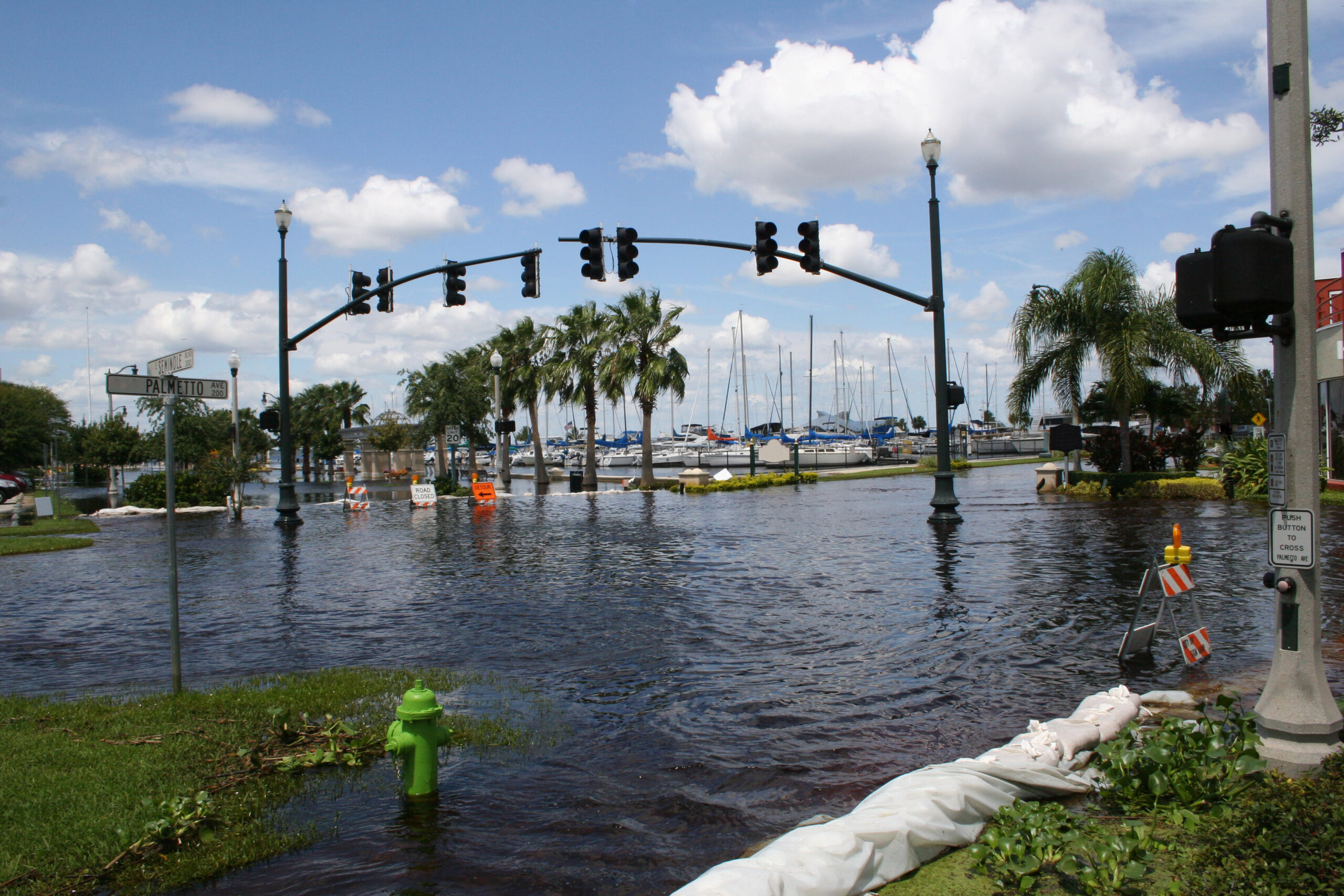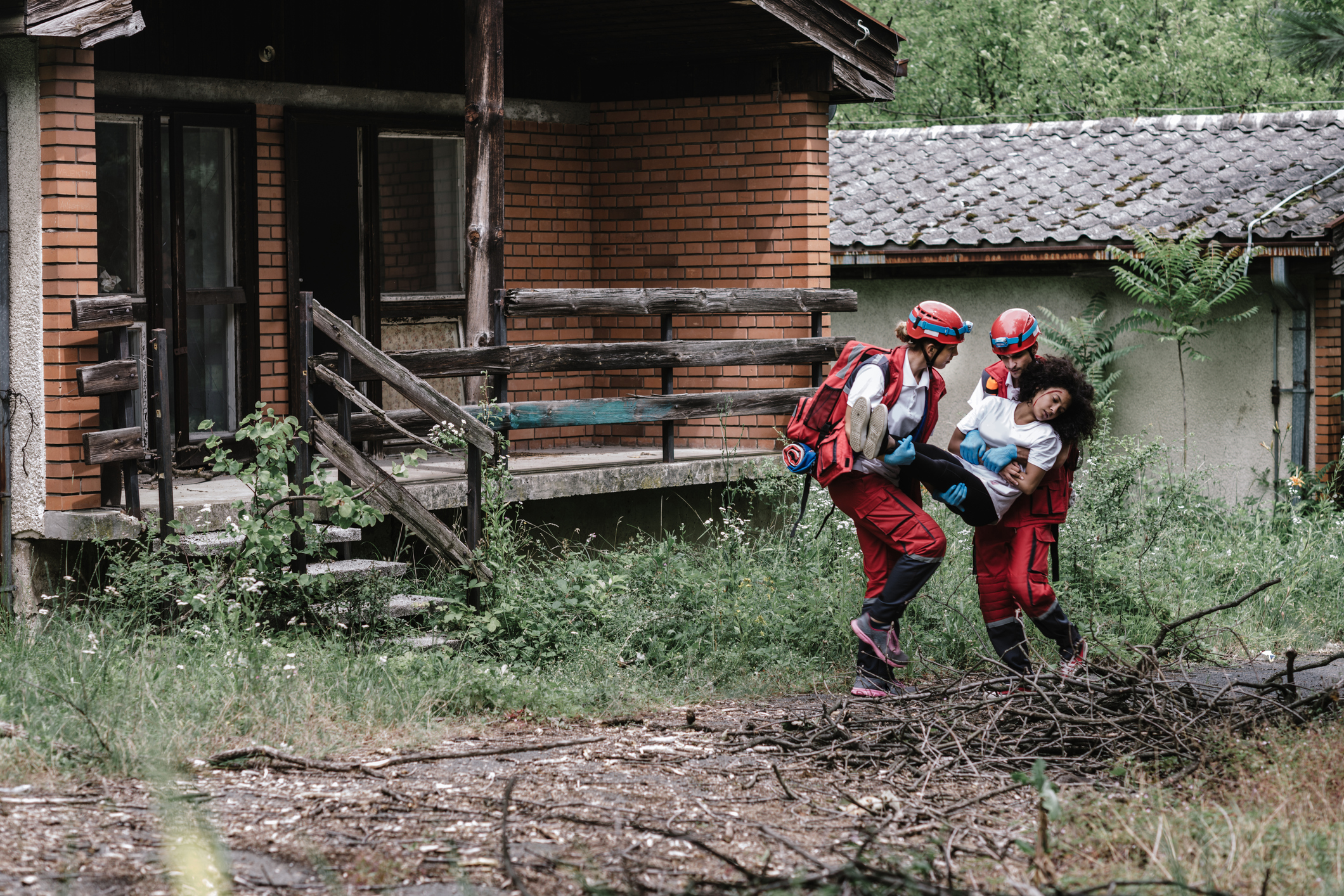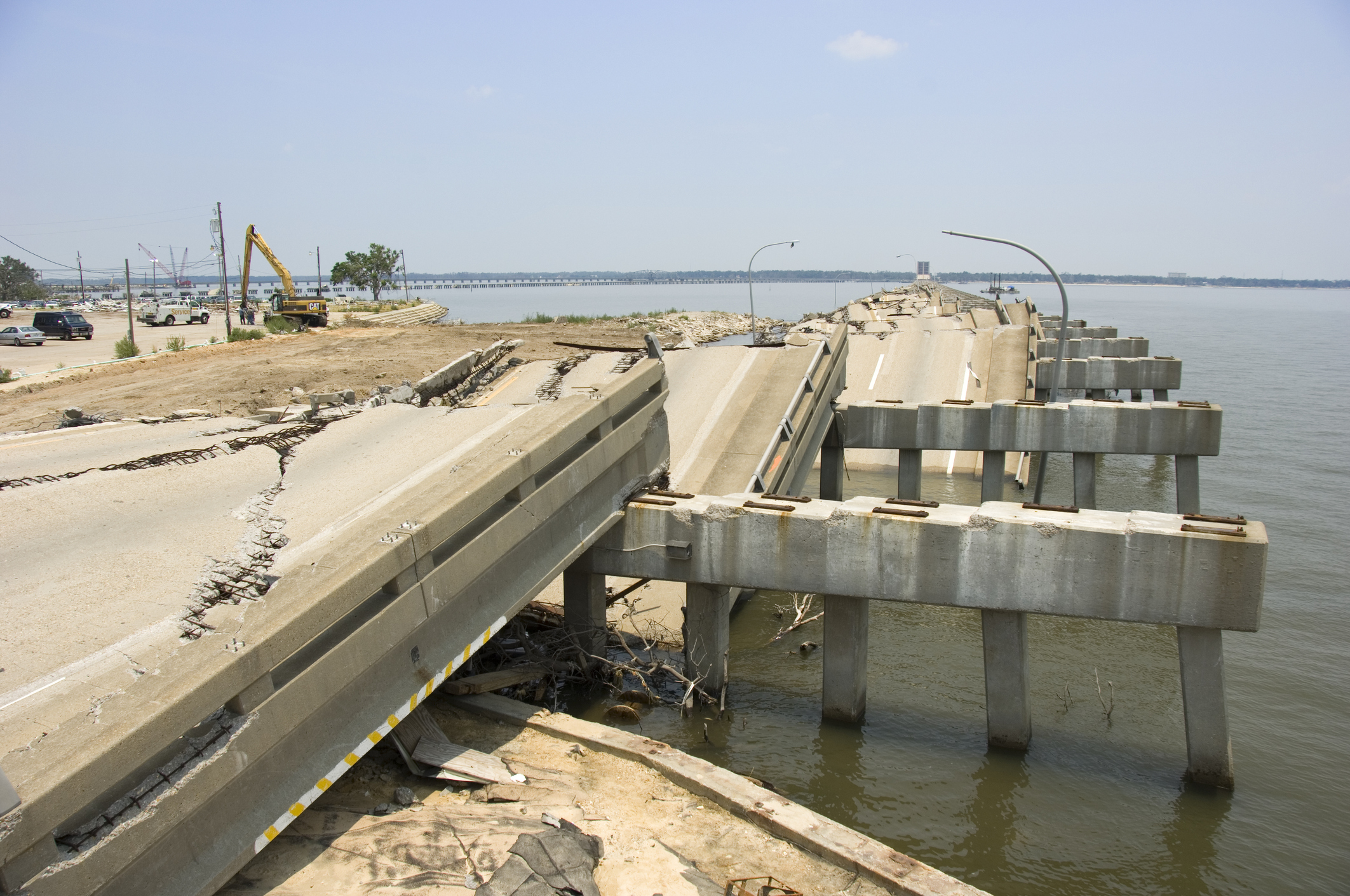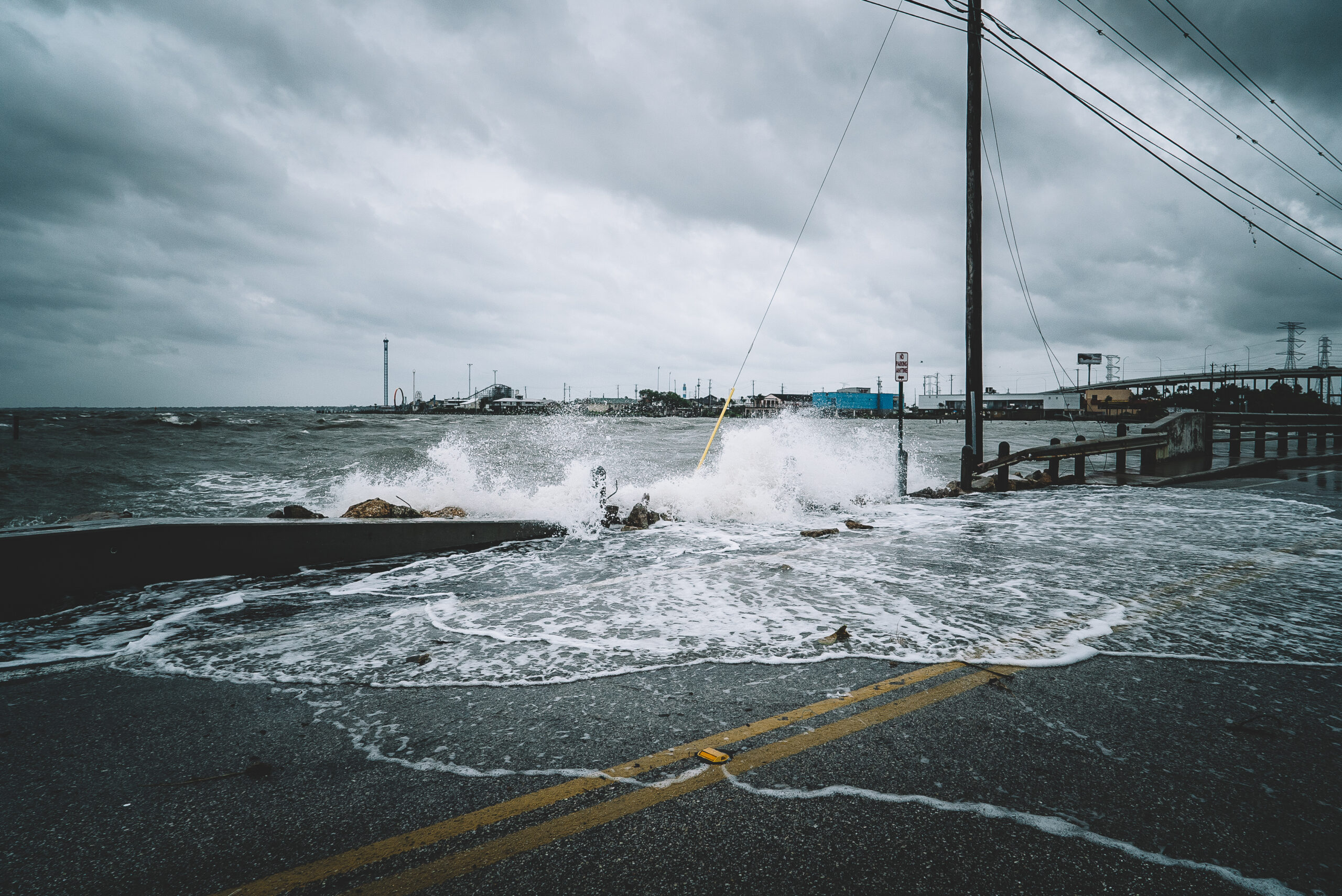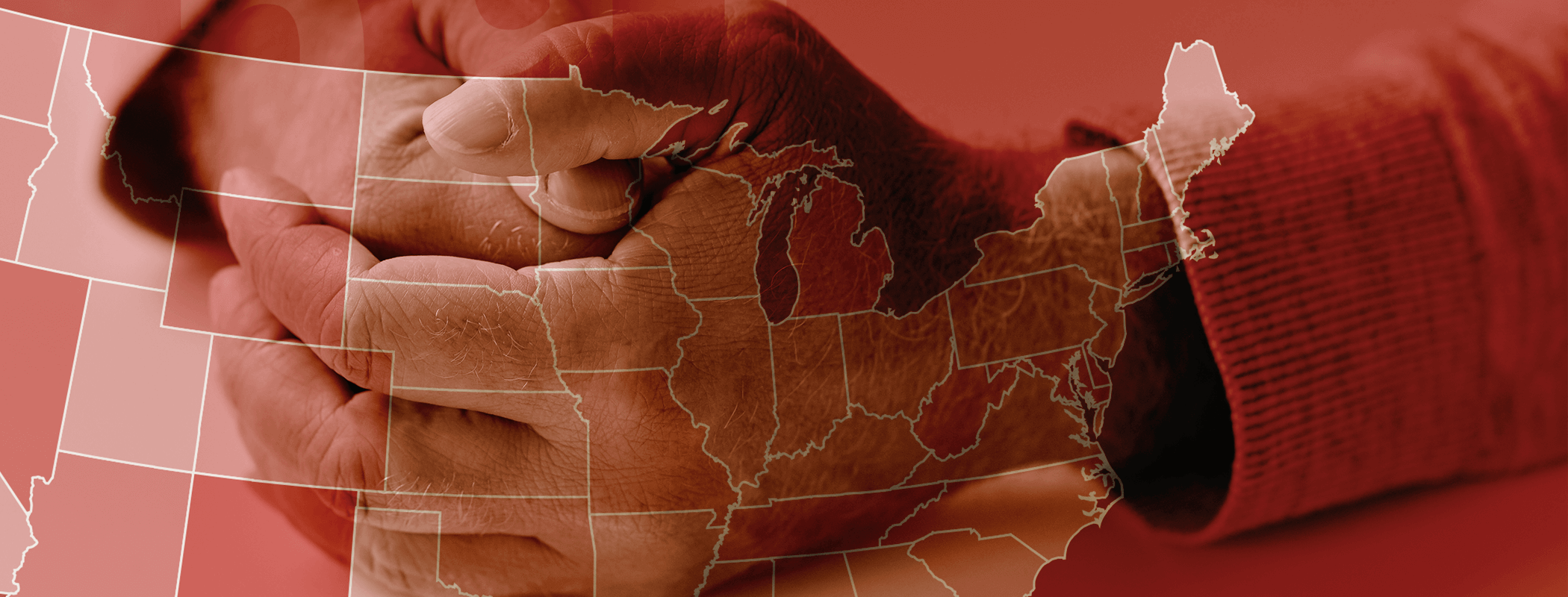TFAH Calls for Increased Focus on Addressing Health Inequities and Releases Priority Recommendations to Achieve this Goal
Washington, D.C., January 16, 2018 – Today, Trust for America’s Health (TFAH) released Racial Healing and Achieving Health Equity in the United States, which highlights and acknowledges health inequities, the factors that influences them and highlights policy recommendations that can help the nation achieve health equity.
TFAH issued the brief in conjunction with The Truth, Racial Healing & Transformation’s second annual National Day of Racial Healing, which is intended to identify key steps that will help take collective action to promote positive and lasting change across issues.
“As we mark the annual Martin Luther King Day, we are reminded he said that ‘of all the forms of inequality, injustice in health care is the most shocking and inhumane’,” said John Auerbach, president and CEO, TFAH. “TFAH is proud to be joining the National Day of Racial Healing to acknowledge health inequities in the country and to focus on building a pathway forward toward an equitable and socially just future.”
TFAH has issued the following set of recommendation to help the nation to achieve health equity:
- Create strategies to optimize the health of all Americans, regardless of race, ethnicity, income or where they live. All levels of government must invest in analyzing needs and increasing effective policies and programs to address the systematic inequities that exist and the factors that contribute to these differences, including poverty, income, racism and environmental factors. Solutions should feature community-driven tactics, including using place-based approaches to target programs, policies and support effectively.
- Expand cross-sector collaborations. Improving equity in health will require supporting and expanding cross-sector efforts to make communities healthy and safe. Efforts should engage a wide range of partners, such as schools and businesses, to focus on improving health through better access to high-quality education, jobs, housing, transportation and economic opportunities.
- Fully fund and implement health equity, health promotion and prevention programs in communities. And, partner with a diverse range of community members to develop and implement health improvement strategies. Federal, state, local and tribal governments must engage communities in efforts to address both ongoing and critical health threats. The views, concerns and needs of community stakeholders, such as volunteer organizations, religious organizations and schools and universities, must be taken into account in this process. Proven, effective programs, such as the U.S. Centers for Disease Control and Prevention’s REACH (Racial and Ethnic Approaches to Community Health) program should be fully-funded and expanded.
- Collect data on health and related equity factors – including social determinants of health – by neighborhood. There should be a priority on improving data collection at a very local level to understand connections between health status and the factors that impact health to help identify concerns and inform the development of strategies to address them.
- Support Medicaid coverage and reimbursement of clinical-community programs to connect people to services that can help improve health. Medicaid should reimburse efforts that support improved health beyond the doctor’s office – for example asthma and diabetes prevention programs and other community-based initiatives can help address the root causes that contribute to inequities.
- Communicate effectively with diverse community groups. Federal, state, local and tribal officials must design culturally competent, inclusive and linguistically appropriate communication campaigns that use respected, trusted and culturally competent messengers to communicate their message. Communication channels should reflect the media habits of the target audience.
- Prioritize resiliency in health emergency preparedness efforts. Federal, state, local and tribal government officials must work with communities and make a concerted effort to address the needs of low-income, minority and other vulnerable groups during health emergencies. Public health leaders must develop and sustain relationships with trusted organizations and stakeholders in diverse communities on an ongoing basis—including working to improve the underlying health of at-risk individuals, sub-population groups and communities, so these relationships are in place before a disaster strikes. Communication and community engagement must be ongoing to understand the needs of various populations.
- Eliminate racial and ethnic bias in healthcare. Policies should incentivize equity and penalize unequal treatment in healthcare, and there should be increased support for programs to increase diversity in and across health professions. In addition, efforts should be increased to train more healthcare professionals from under-represented populations so that the workforce reflects the diversity of the patient population.
- Incorporate strategies that foster community agency—or a community’s collective ability and opportunity to make purposeful choices—into the design, implementation and governance of multi-sector collaborations. Building community agency can contribute to improved community health by yielding a deeper understanding of the challenges and opportunities influencing a community, and relies on an asset-based approach to leverage existing community strengths and resources. Multi-sector collaborations should include dedicated resources for fostering and measuring community agency. Efforts should maximize and bolster community voice and power as a means to influencing larger policy- and systems-level changes (including those within and outside of the traditional health sector).
###
Trust for America’s Health is a non-profit, non-partisan organization dedicated to saving lives by protecting the health of every community and working to make disease prevention a national priority. Twitter: @HealthyAmerica1

